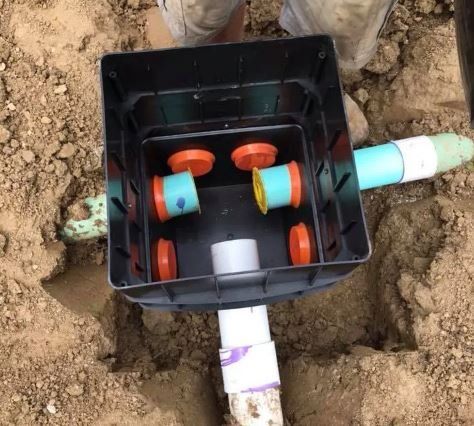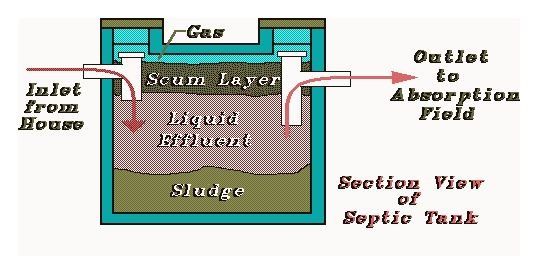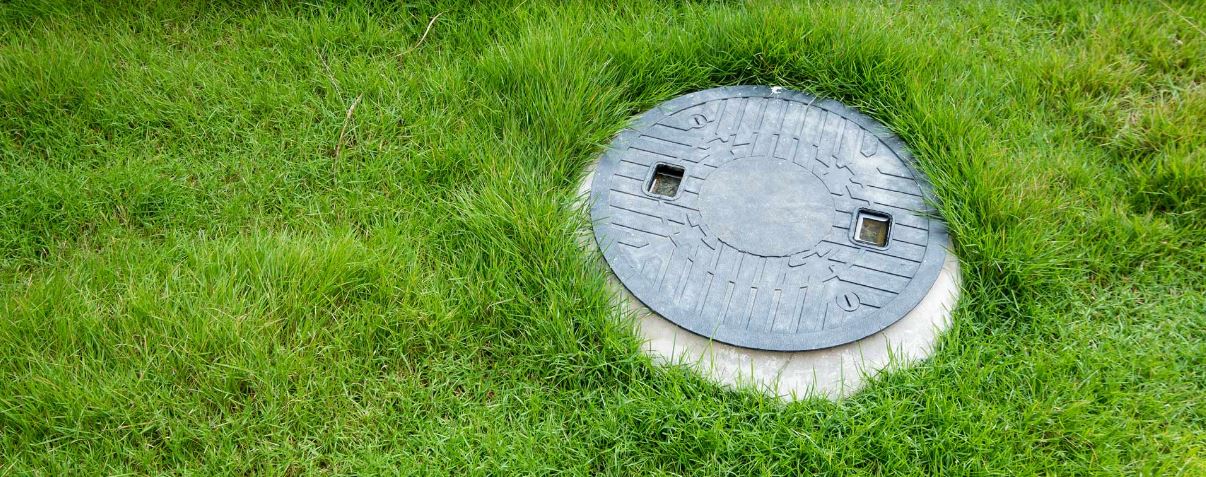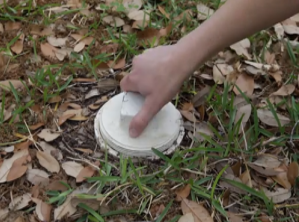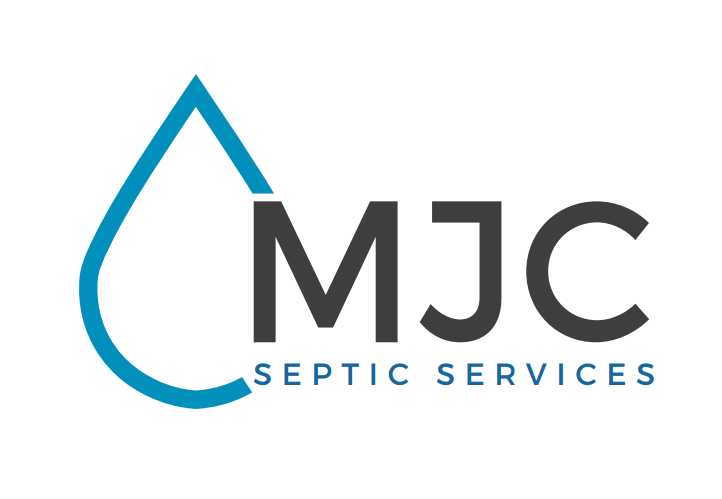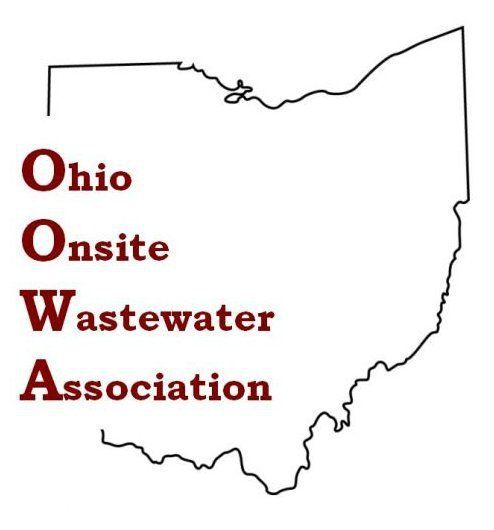Parts Of A Septic Sytem, Identified
Leach Type System Identified
All the water that you are using in your home whether that be in your sinks, garbage disposal, toilet, shower, and even your laundry most likely ends up in the same place. After running through your plumbing in your house, the grey water flows to your tank and eventually out into your “leach” field. Below we will walk through the parts of your system. Although there are many types of SST (subsurface sewage treatment systems), we will be discussing a “Leach” type system with leach pipe or chambers.
- Clean out-As discussed in other blogs the water will first run through a cleanout into the tank. A cap to clean your mainline can also be used if the tank is over flowing.
- 1st compartment of your septic tank- this is known as the inlet portion of your septic tank. This is where the main solids will settle in your tank. This compartment of solids is made up of three layers. The bottom layer will contain sludge. The middle contains the effluent layer and the top layer is known as the scum layer.
- Between the 1st and 2nd compartments is known as the baffle. Although there are many different designs the baffle is there to keep the solids, scum, and sludge in the 1st compartment and allow only water to flow into the 2nd compartment.
- 2nd Compartment should only contain water.
- Effluent Filter- A filter on the outlet which is designed to keep solids from reaching your distribution box.
- Distribution Box happens to be one of the most important parts of the system. This box distributes flow evenly into your leach field. As a home owner, it is your job or a service providers job (maintenance plan) to change flow periodically through the year. This is important to extend the life of your system and promote optimal leaching.
- Leach field- is an essential aseptic to your system. The leach field is where your grey water will end up after your system has properly removed all the solids. The leach field is designed for the water to slowly drain into the ground. If this becomes clogged it can be costly as well as the potential to back up the rest of your SST. No solids or sludge should make it out to your leach field if your system is functioning properly.
- Inspection Ports-This viewing area allows a service provider a little bit of insight to check on the overall wellness of the leach field.
All integral parts of a septic system with proper maintenance will allow for a prolonged life of each component. If you are interested in learning more on this topic
Click Here
